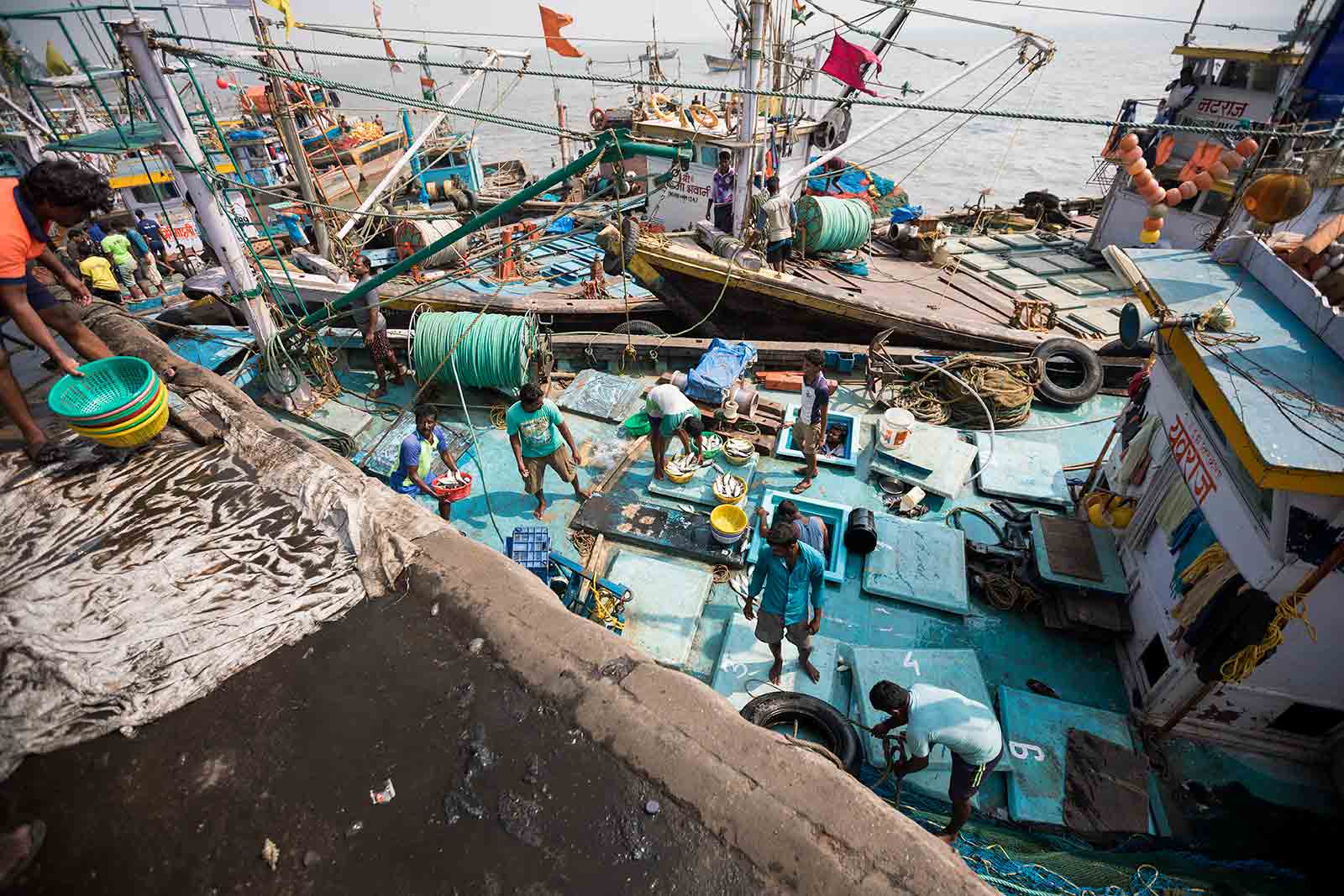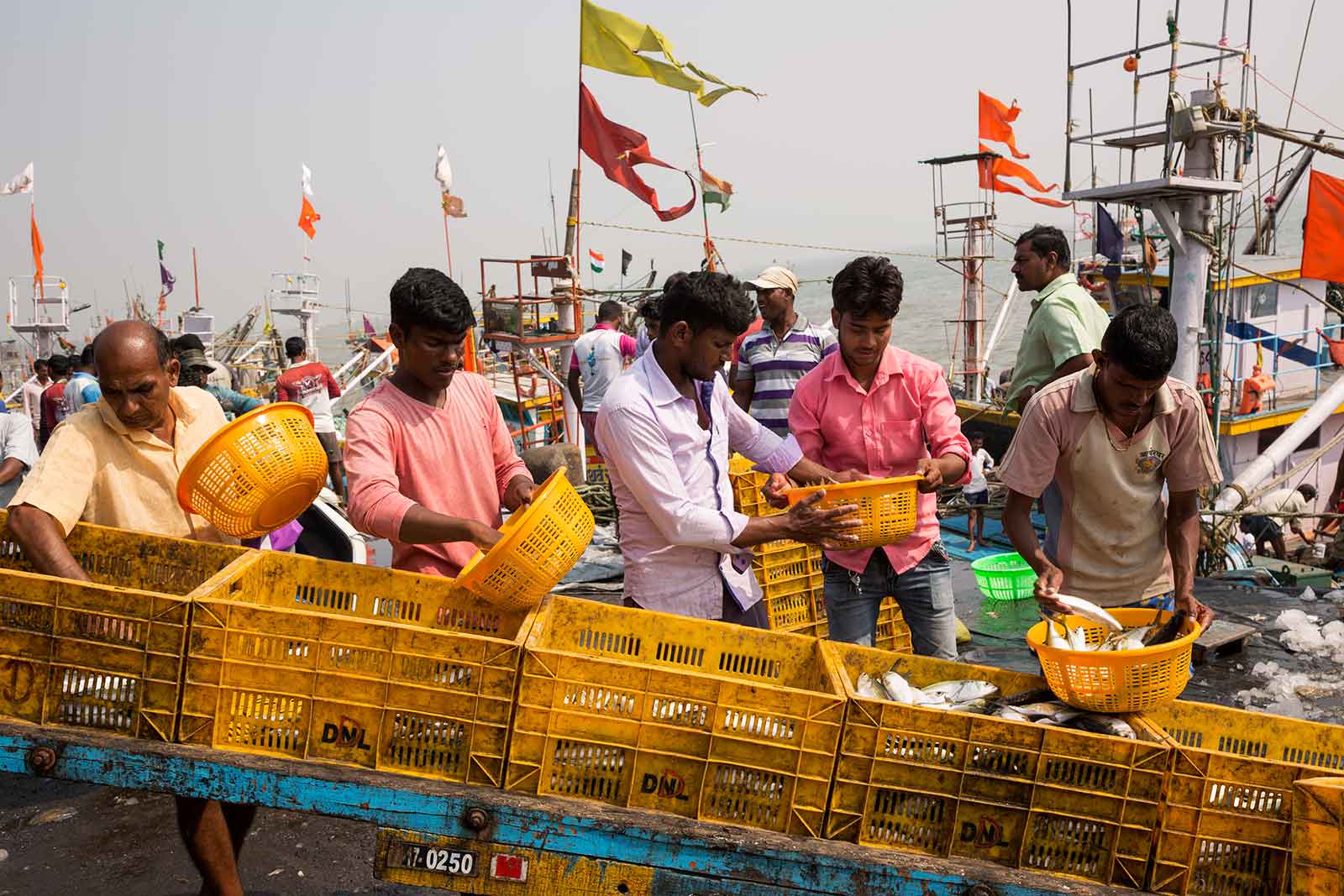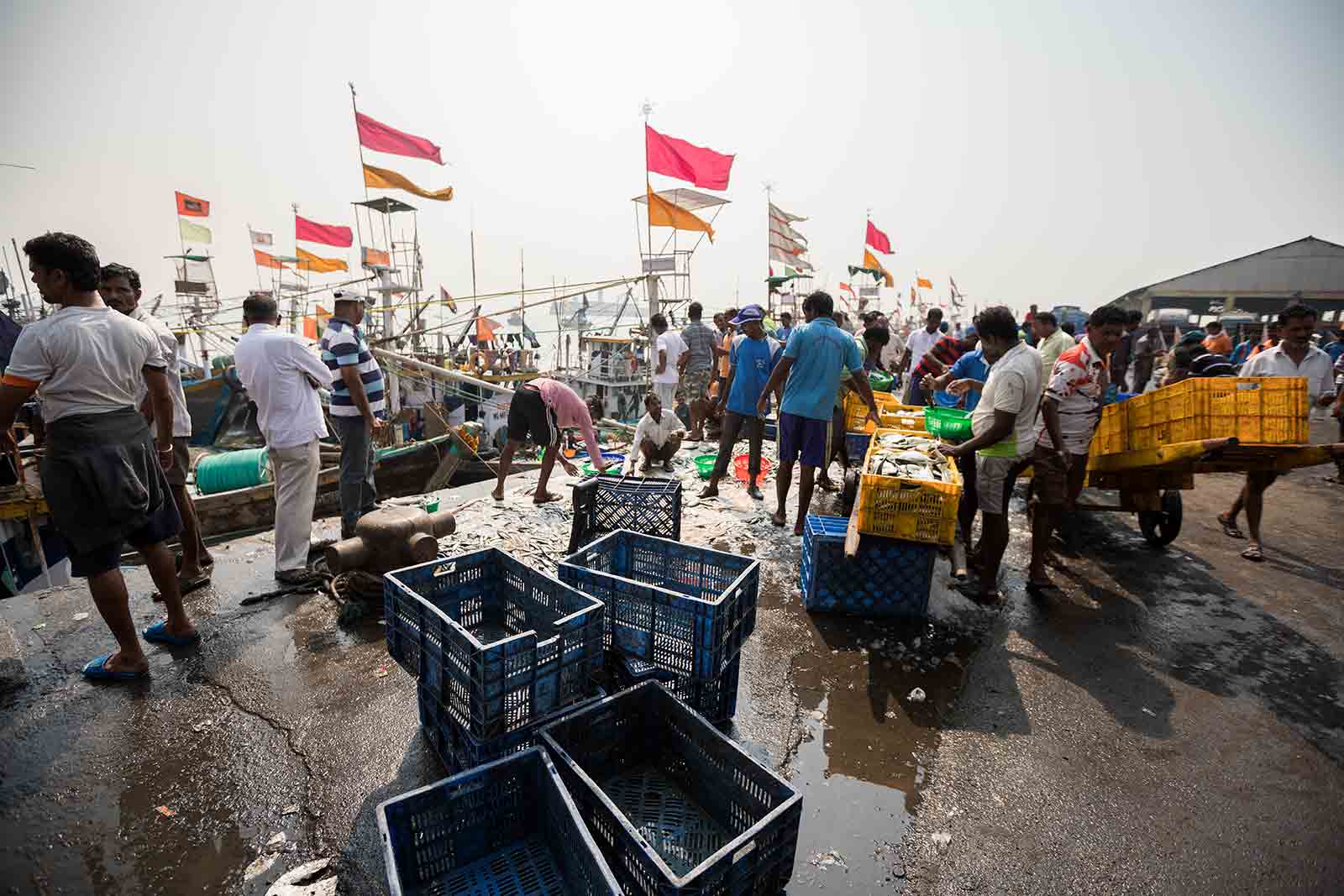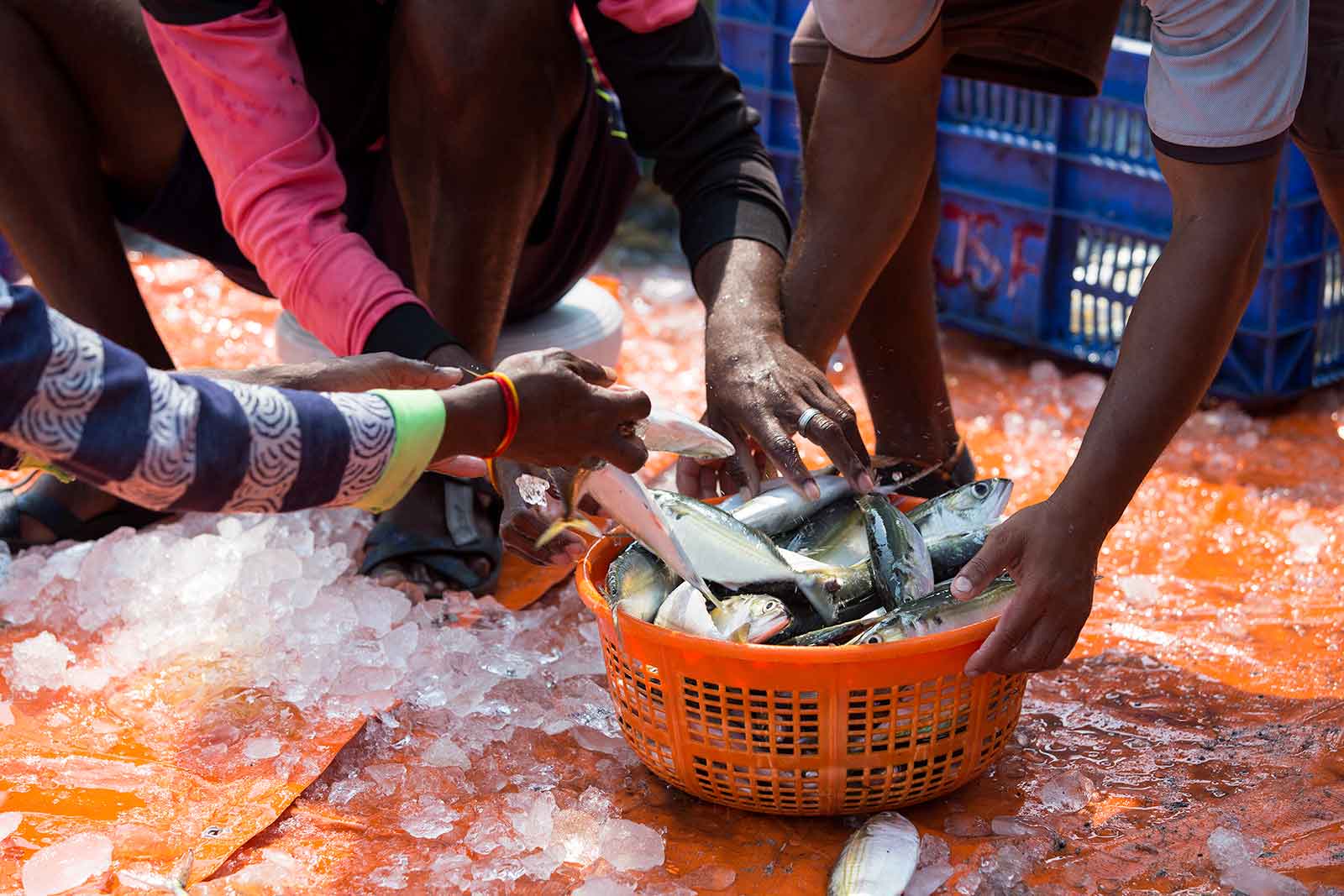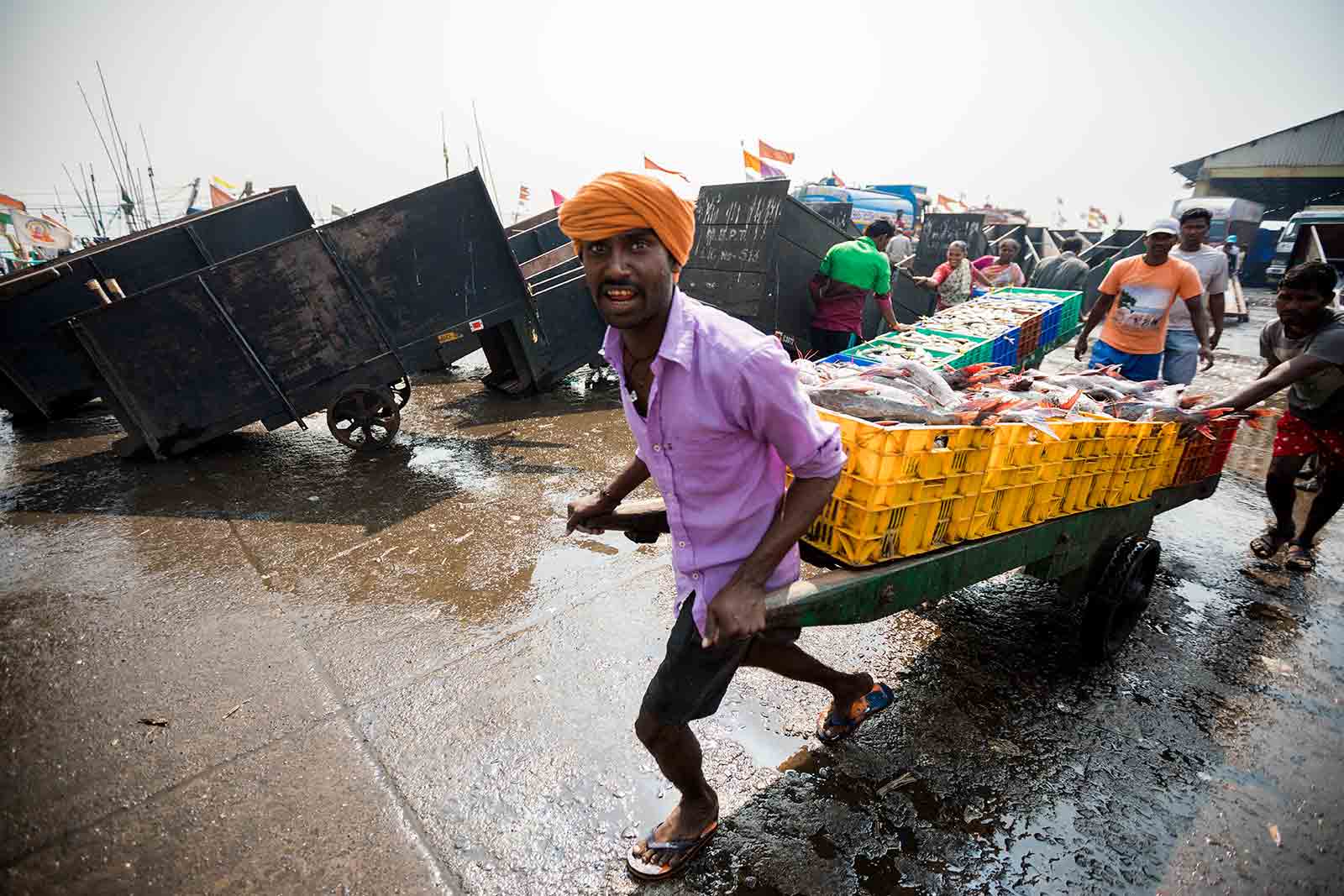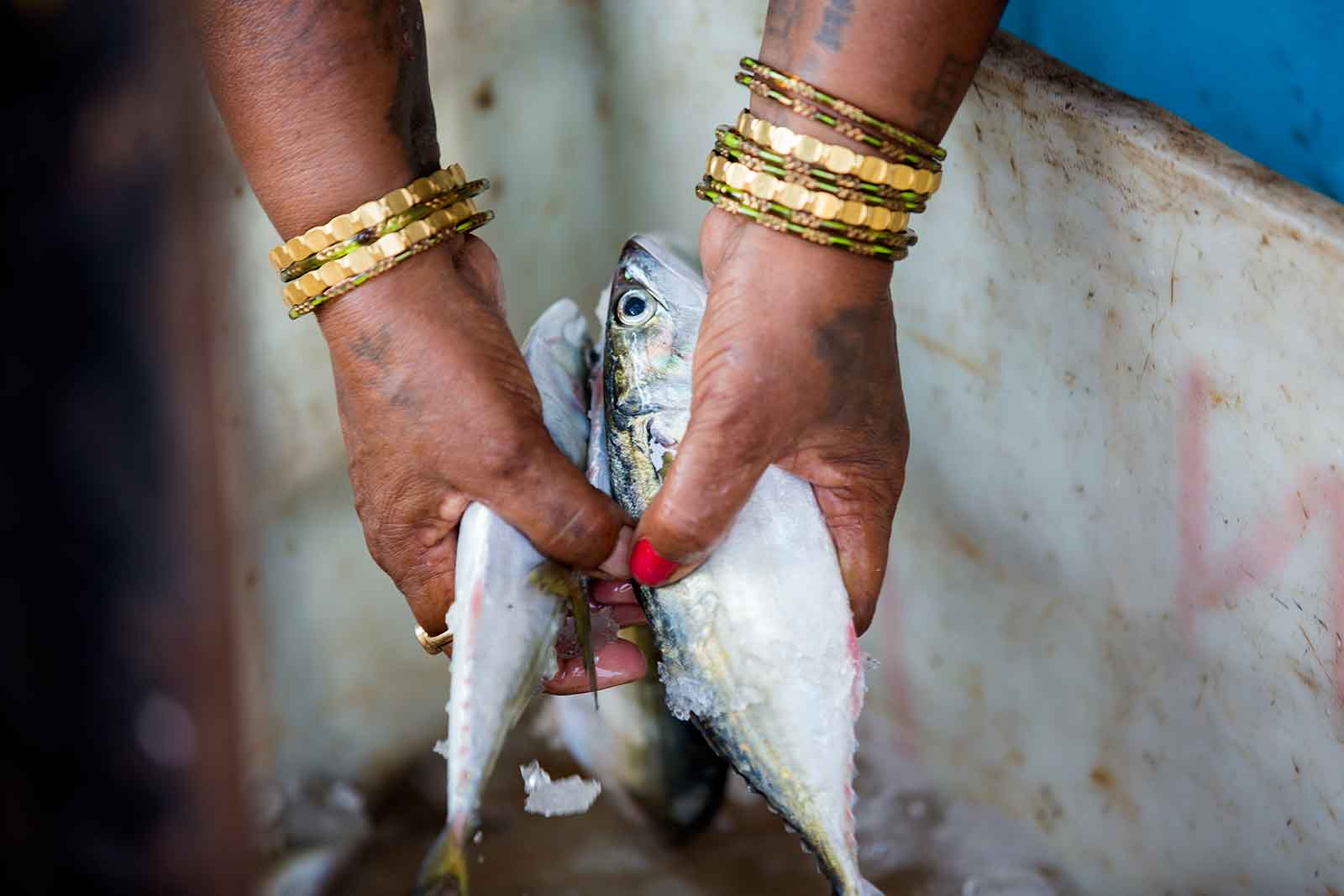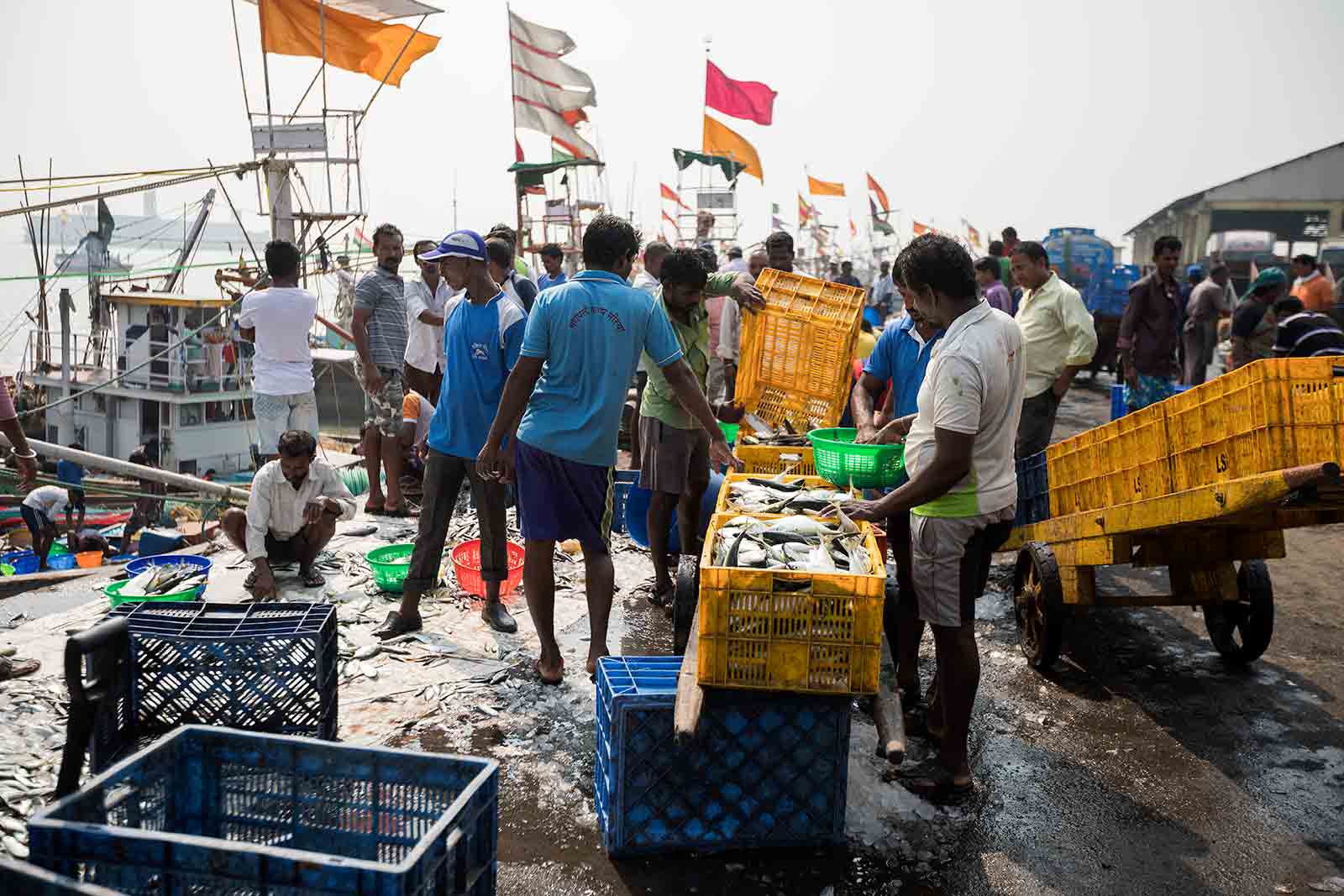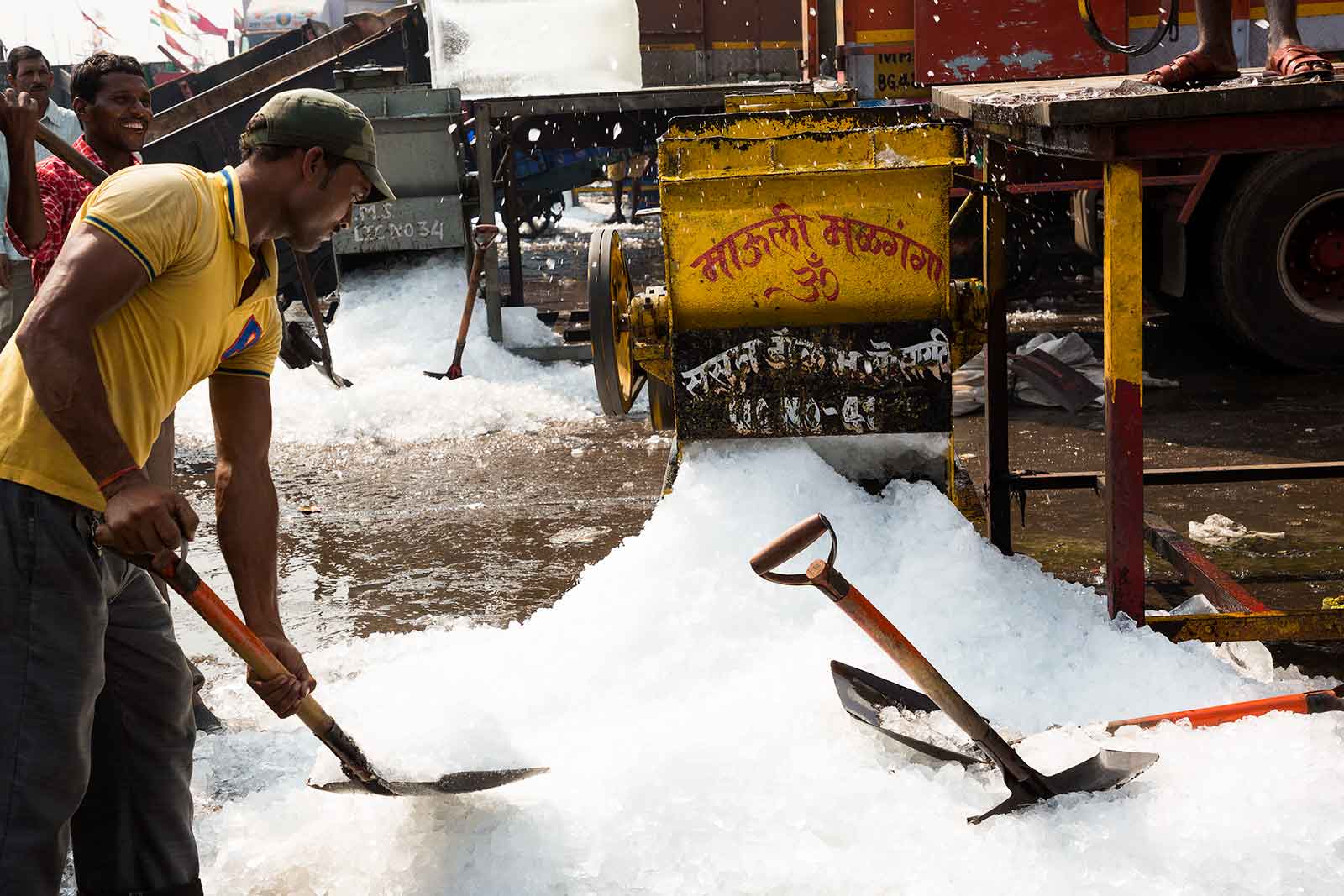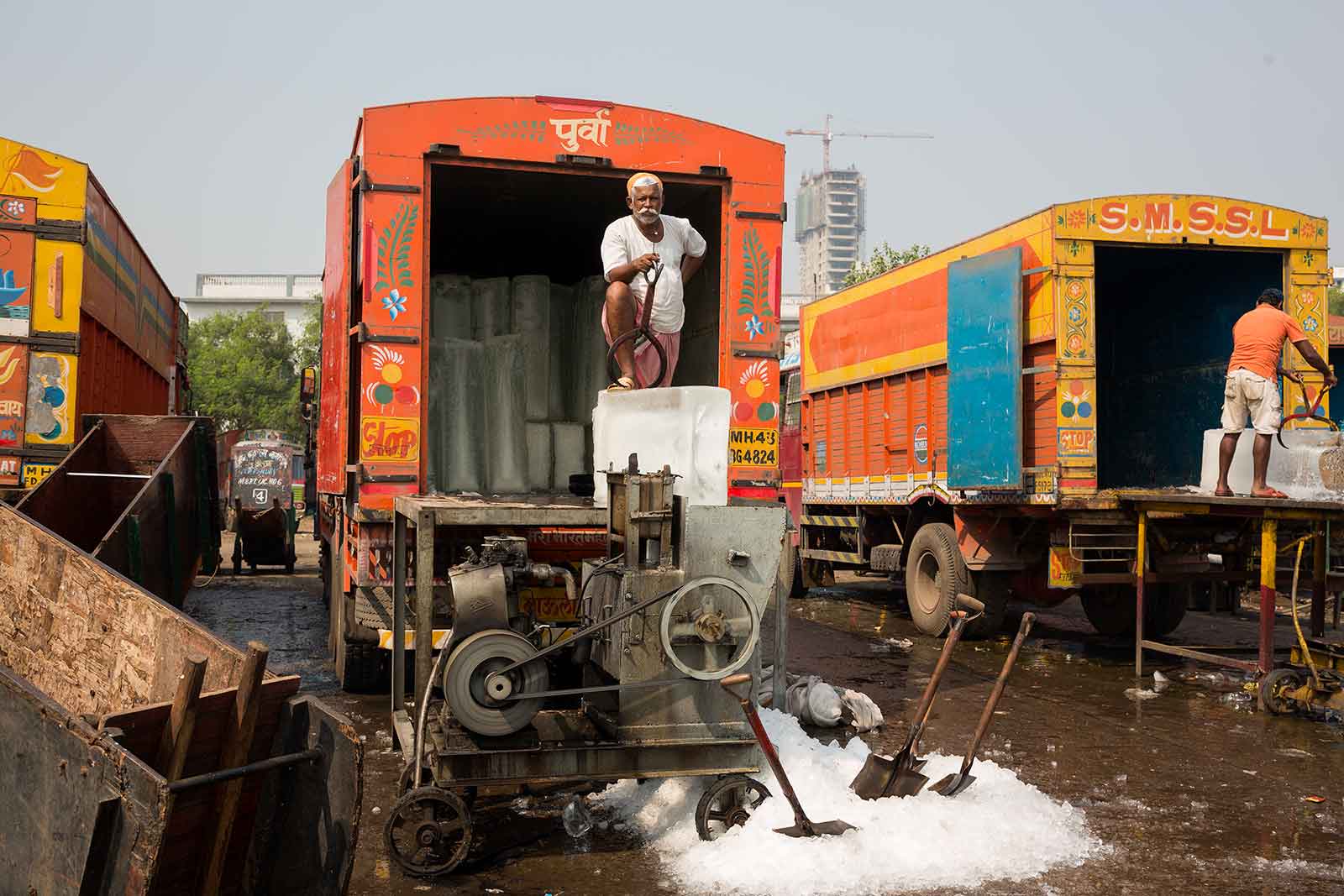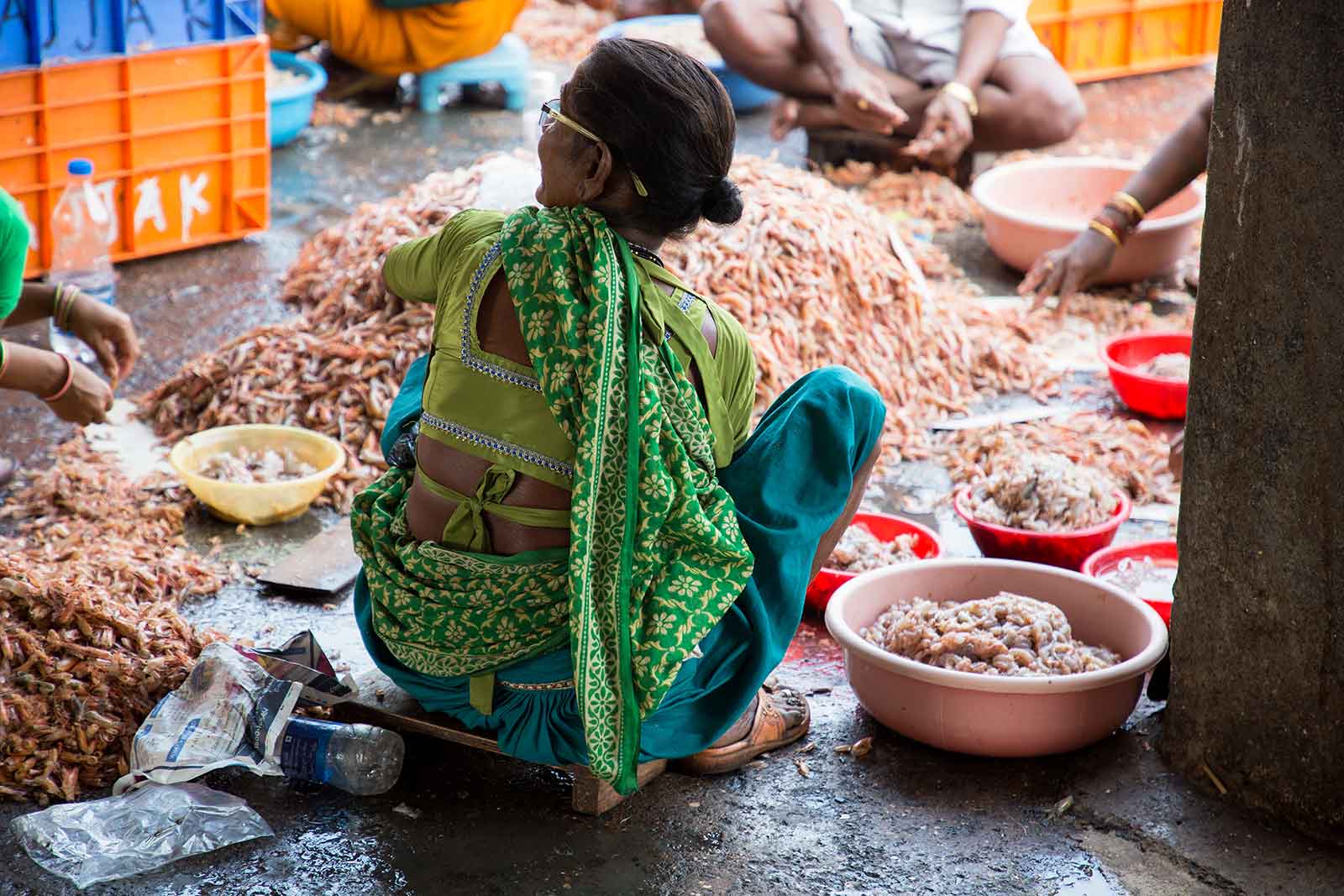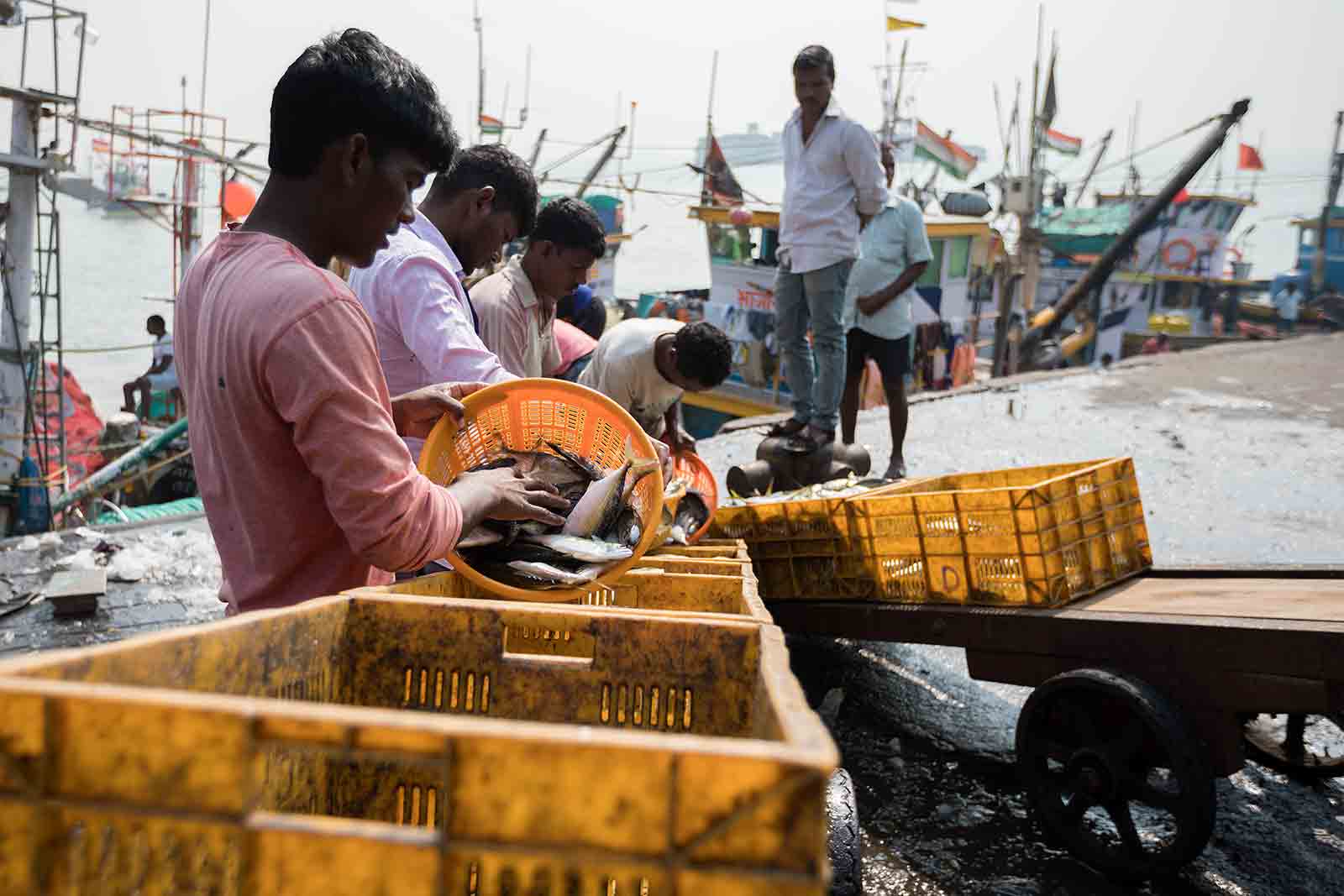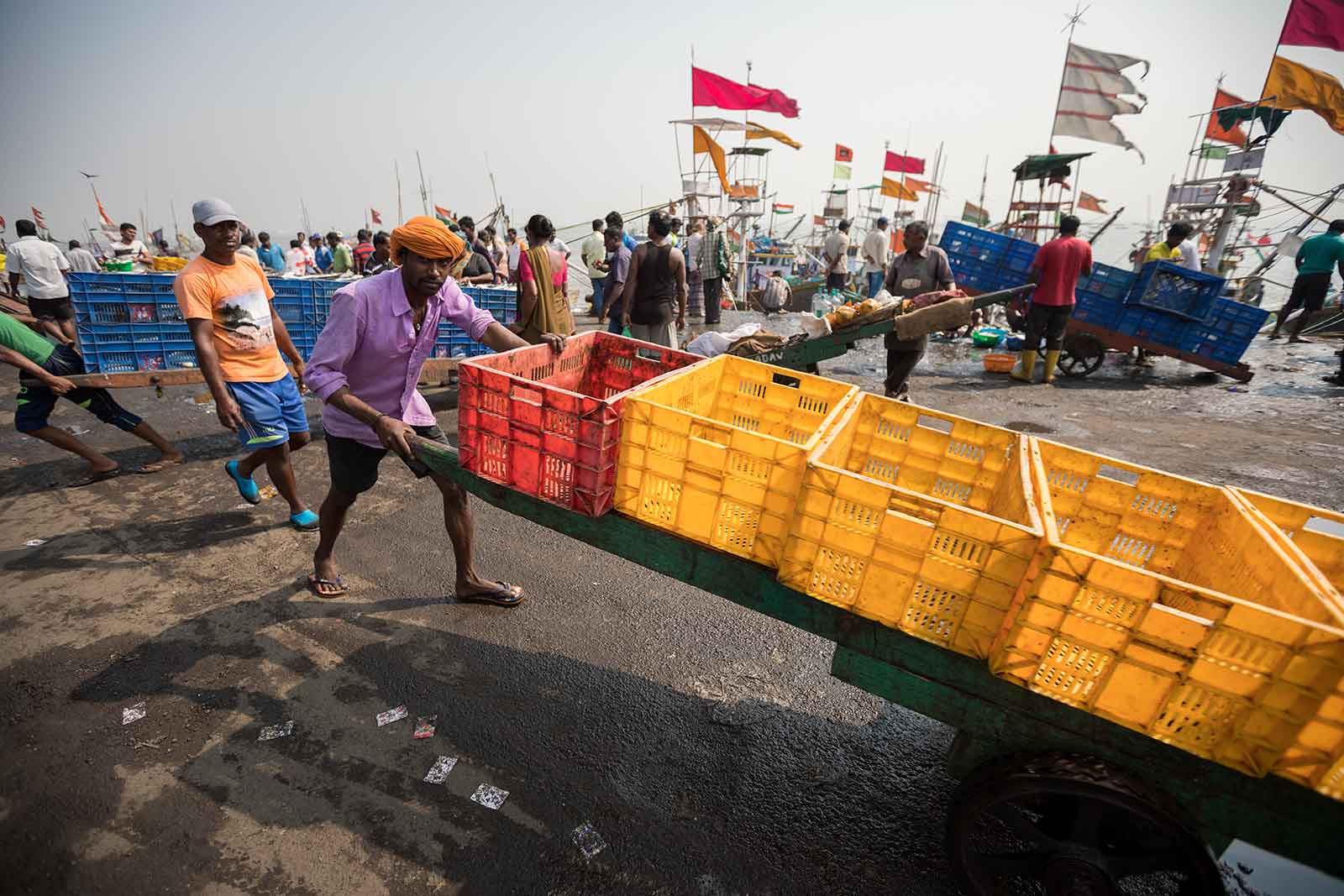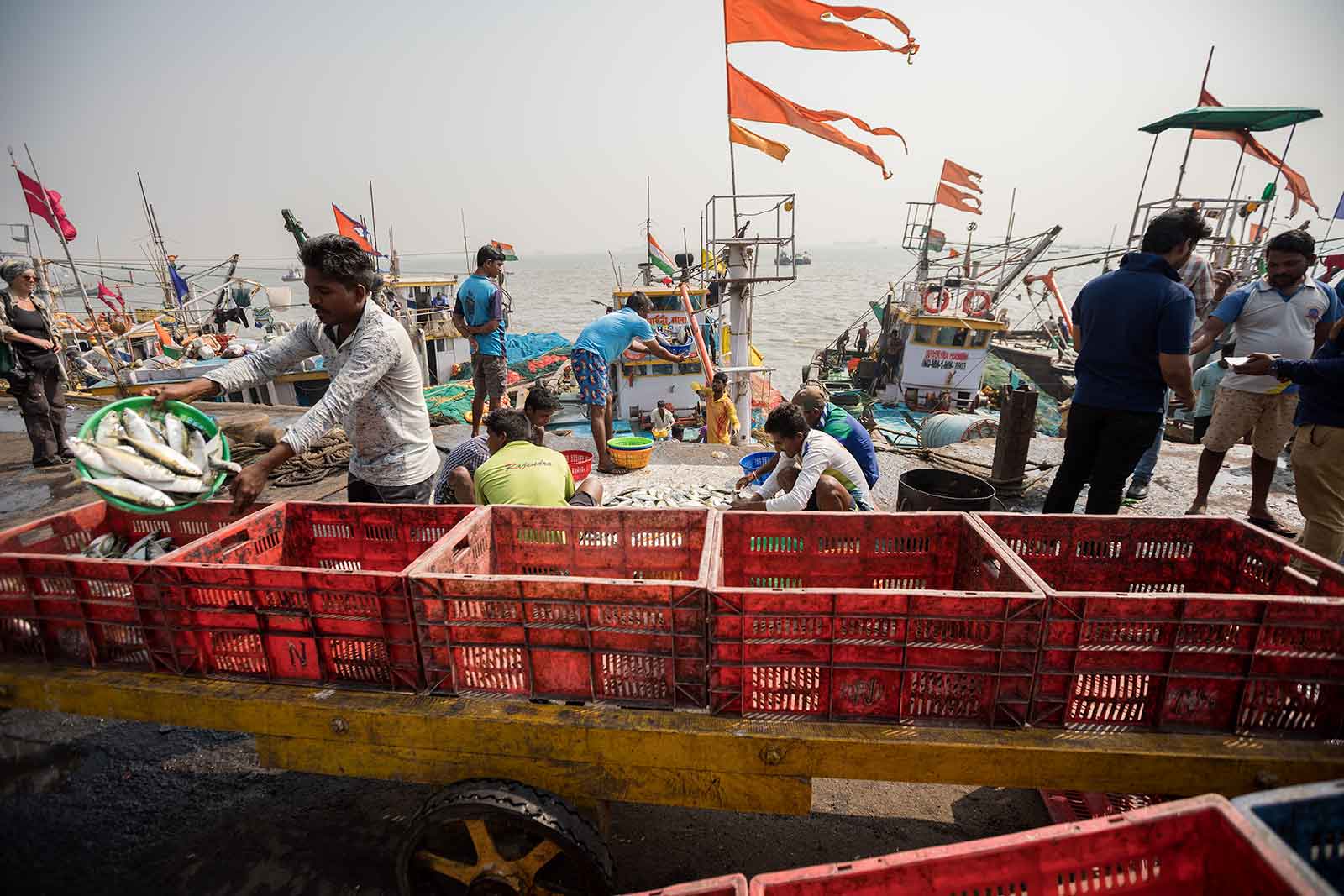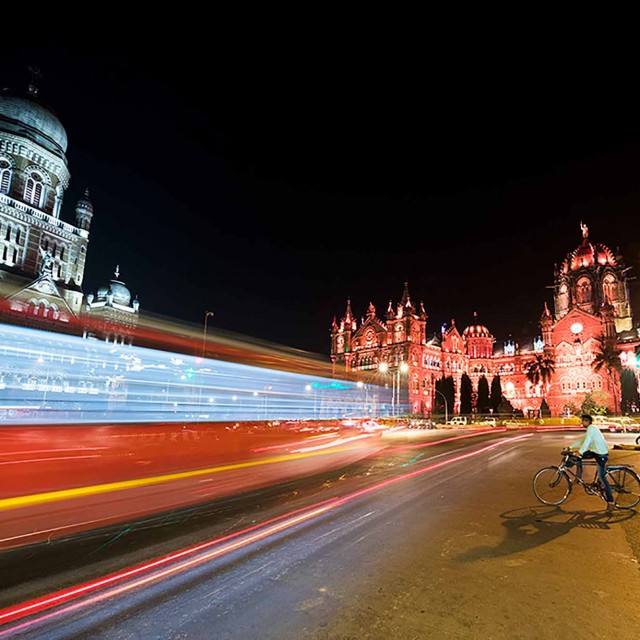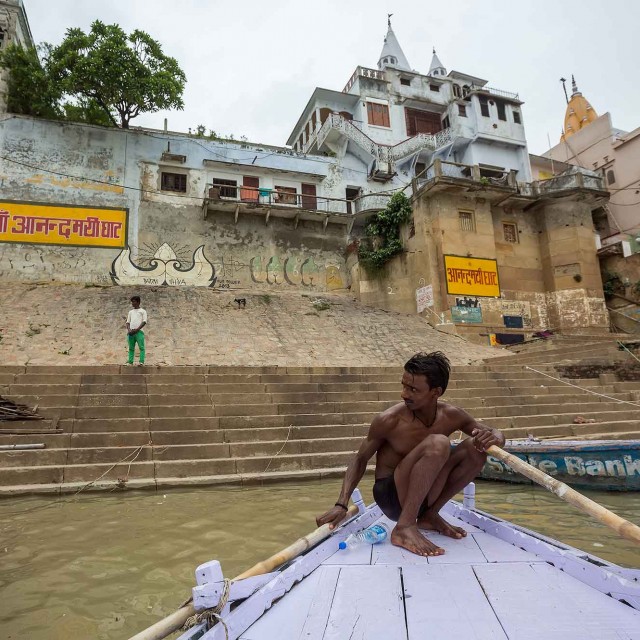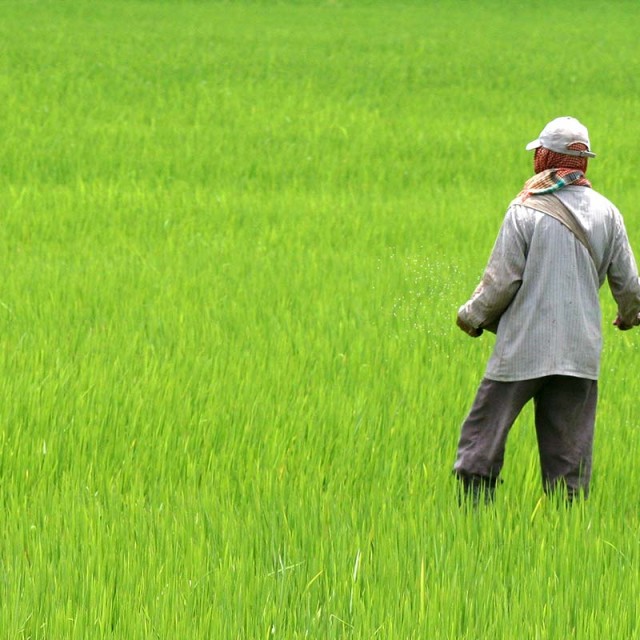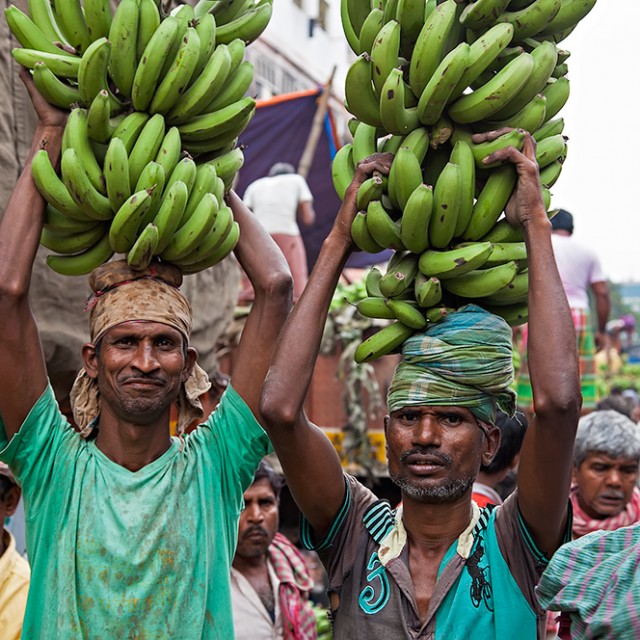Welcome To Sassoon Docks, Home To Mumbai’s Forgotten Inhabitants.
When travelling to a city with a population of almost 30 million, one might be overwhelmed with the sight possibilities. We’re quite good at navigating and finding “hidden” secrets, yet megacities like Mumbai are a bit of a challenge, even for us. What we normally do in such a case is browse through our neighbouring surroundings on Google Earth. Our hotel was located near Victoria Station, which means the possibilities up North are endless, yet South offered a smaller radius. Our attention was immediately caught when we hovering above the so called Sassoon Docks. With what looked like hundreds of colourful fishing boats, it was pretty clear that this needed to be checked out.
There are two kinds of people – those who’ll go to a market to buy fish and those who won’t. Markets (especially fish markets) can be stinky, and many of us would rather go to the supermarket. We love markets not only because of the great photo opportunities, but because this where the real deal happens. Sassoon Docks is one of the largest fish markets in the city and for us, it was just the right spot to go to. Turns out that the Sassoon Docks is also one of the oldest docks in Mumbai (142 years), and one of the few docks in the city open to the public.
Where Modern And Traditional Lives Cross.
The entrance looks like the gateway of a fortress, but we knew we were at the right spot when the salty whiff of the ocean and the scent of fish greeted us from afar. More and more people shoving large boxes of fish crossed our path and we knew that we were getting closer. What we didn’t know then is that the Sassoon Docks just recently got a funky street-art turnover called Sassoon Dock Art Project as part of the St+art Mumbai 2017 Urban Art Festival. Despite its historical value and with Mumbai’s try to escape its fishy roots, this place has rather been avoided by Mumbaikars. Like the docks, the memory of Mumbai’s Koli past is all but wiped clear.
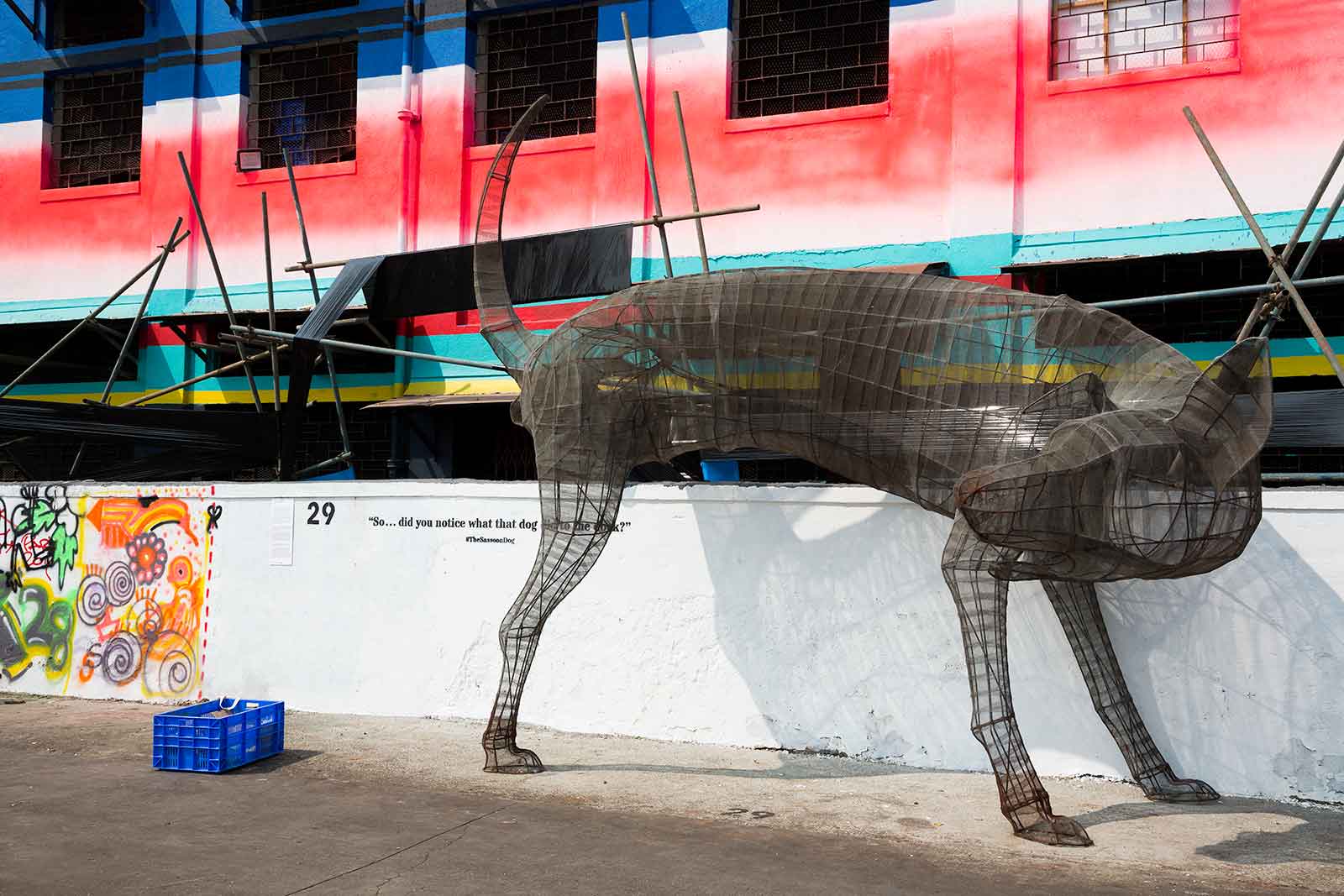
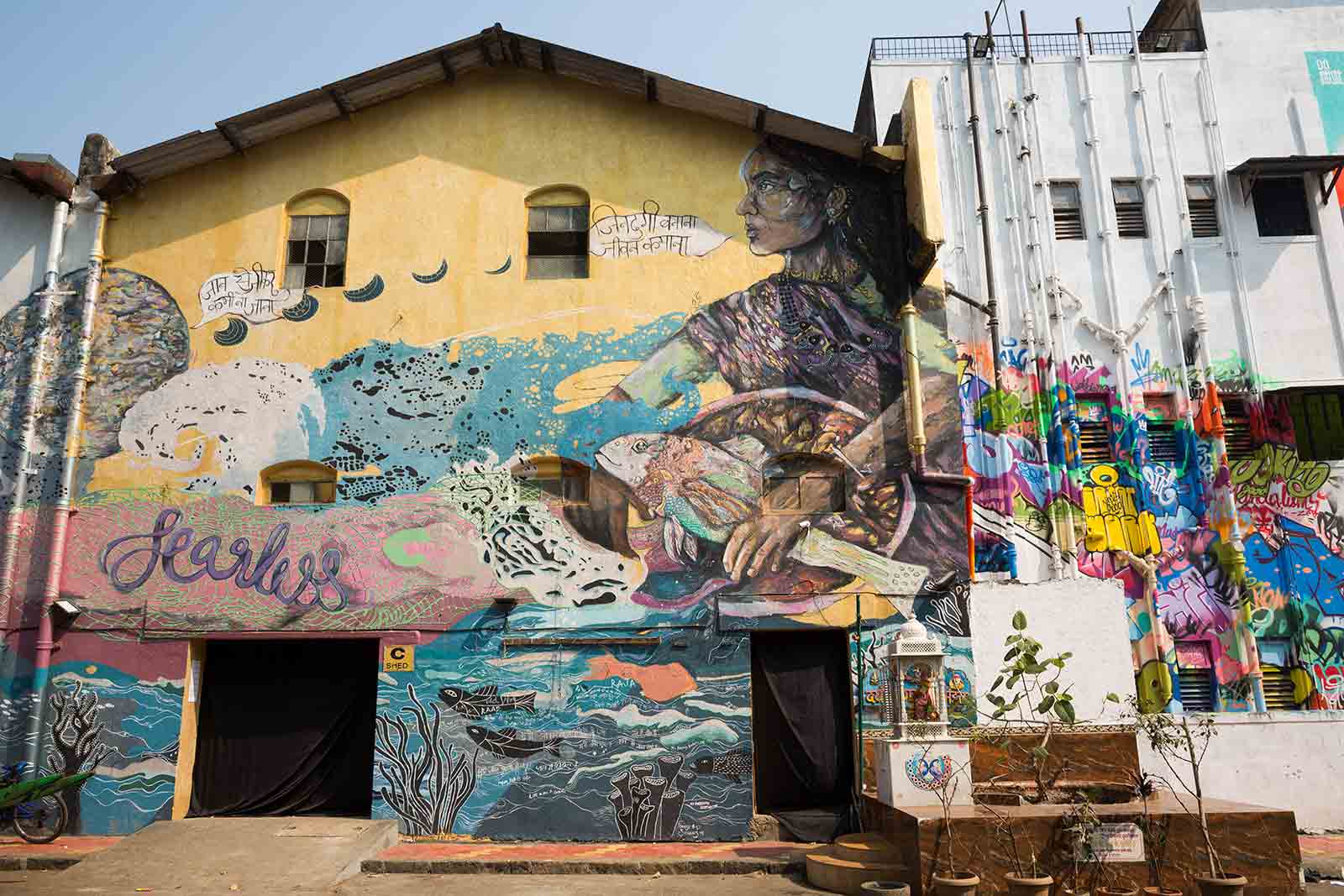
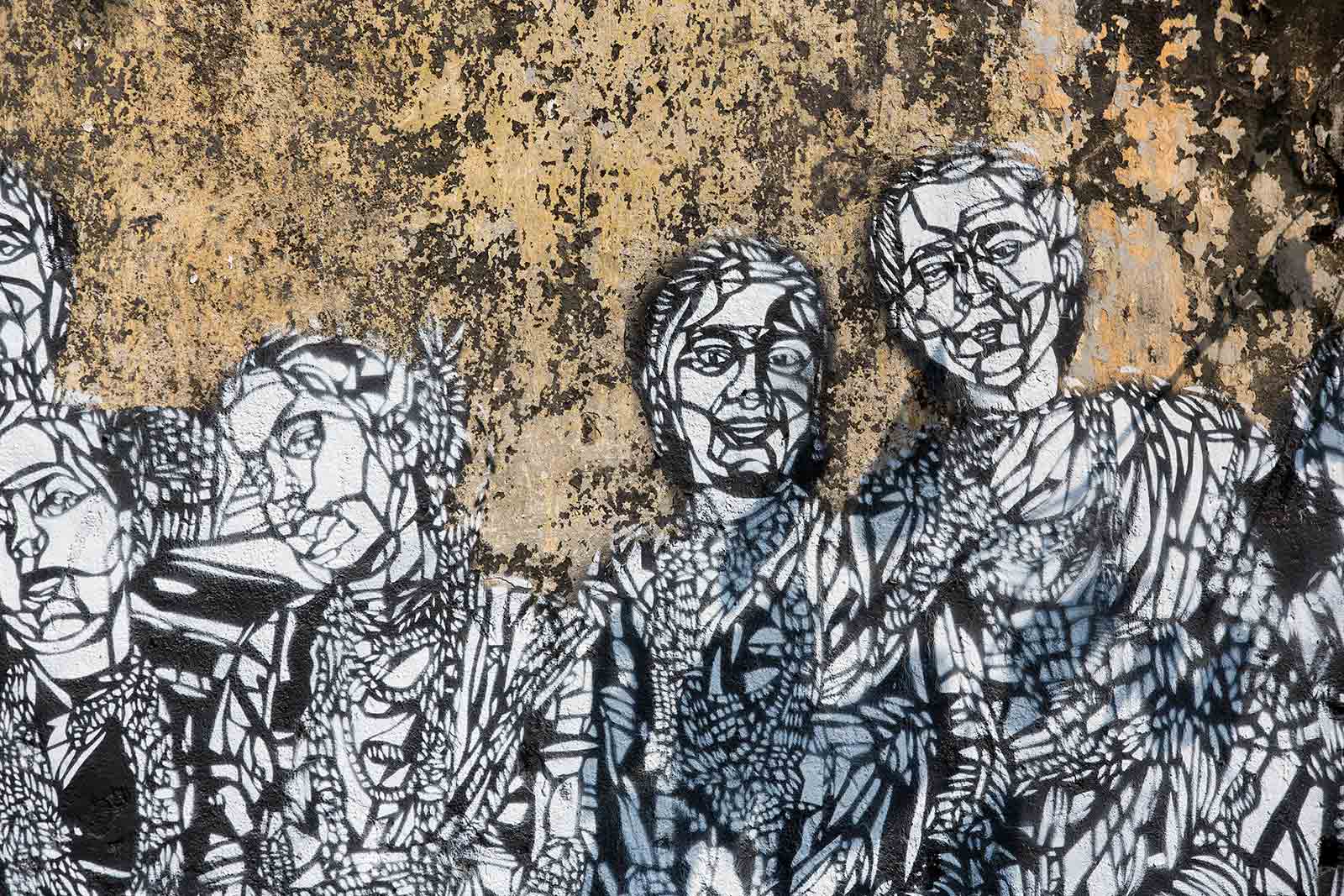
Home Of The Koli People.
The Sassoon Dock in Mumbai is home to the city’s traditional Koli fishing community. The Koli people are an ethnic Indian group native to Maharashtra, Gujarat, Rajasthan, Himachal Pradesh, Uttar Pradesh, Haryana states. It’s believed that the Koli people are Mumbai’s original inhabitants and whose goddess Mumbadevi lends her name to the city. The communities have thrived in the hidden quarters of the city, the koliwadas, which essentially means “a home that opens to the sea“. Much of the art here represents the lived realities of the Koli community – its people, their trade and its smell.
The art project started on November 11 and will run until December 30, 2017. Whether the Sassoon Docks will still be visited as frequently after, is unclear. After all, all the art in the world can’t make the notorious smell, the endless heat and the piercing noise – which are a few reasons people have not come here before – go away.
This has been our second visit to Sassoon Docks and tourists are still a rare sight here. The art installation has brought some upwind, yet only the eager and especially smell-resistent make it all the way to the end of the docks.
